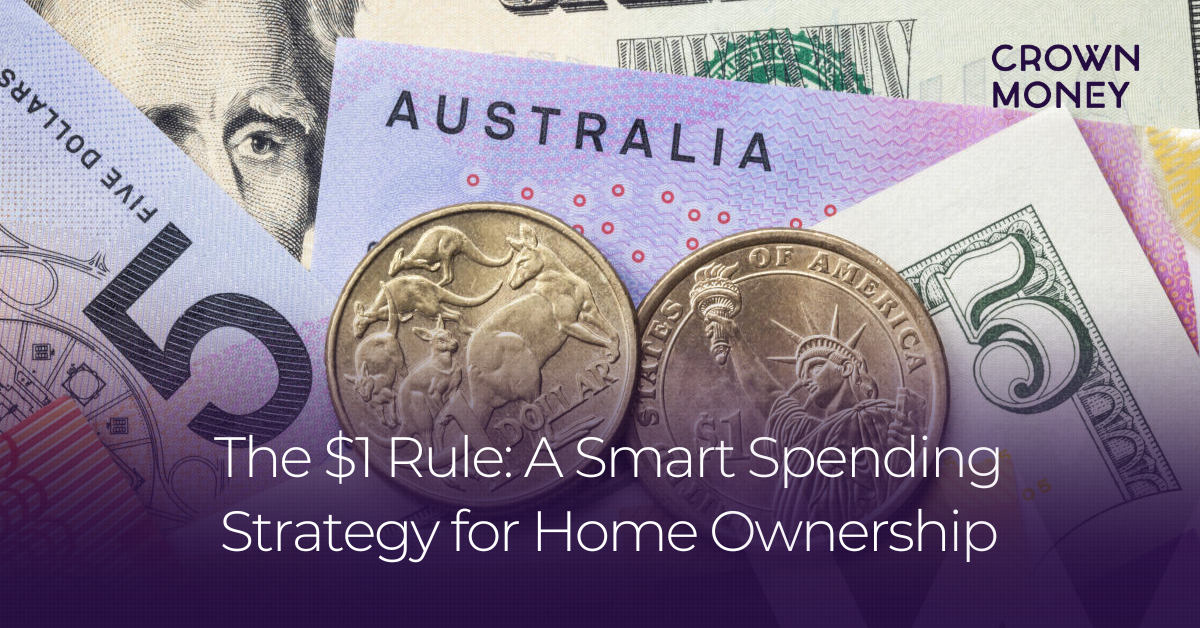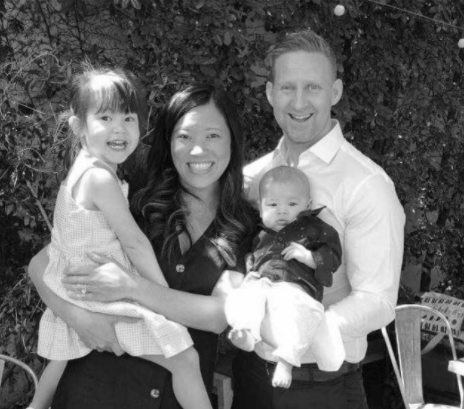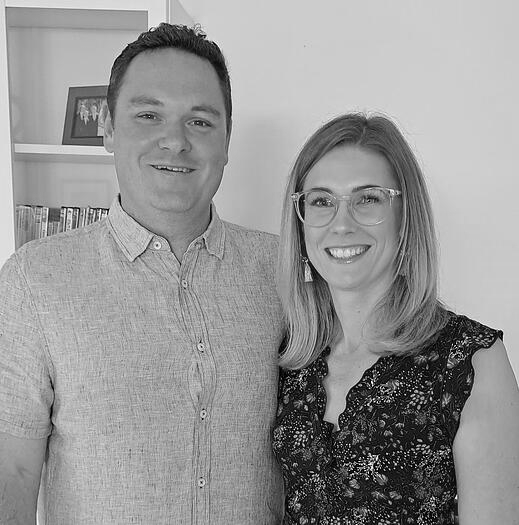
Many financial experts suggest limiting purchases to essentials on your journey toward home ownership. However, this often means sacrificing the joy of spending. As a financial coach, I recognize that this approach may not address the underlying issue.
The $1 Rule
This strategy has shifted my perspective on spending, allowing me to reduce expenses without giving up the things I need and want. It has also accelerated my financial progress. I’ve shared this rule with thousands of clients, helping them pay off debt and achieve their financial goals. I believe it can work for you too.
The $1 rule is about evaluating the cost per use of an item, with $1 as the benchmark. Before making a purchase, estimate how many times you’ll use the item. If the cost per use is $1 or less, it’s a good buy.
Examples:
If an item costs $200 and you’ll use it ten times, the cost per use is $20. According to the $1 rule, this purchase isn’t worth it. This rule is especially useful for online purchases like clothes, accessories, and household items. It helps avoid impulse buys and encourages the selection of durable, high-quality items.
I love sunglasses but they’re often expensive. Recently, I found a pair for $250 on sale. I estimated wearing them about five times a week for a year (260 uses). This made the cost approximately $0.96 per use, so I bought them. Calculate it;
Formula: $250 / 260 uses = $0.96 per use.
Handling Major Expenses
For significant purchases like furniture or technology, consider the usage first, then make a judgment call based on your past experiences.
For example, my $1500 work computer exceeded the $1 rule (750 uses at $1.50 per use). I knew I would be able to get about $500 after re-selling it in a few years’ time. Even factoring in the $500, however, it still didn’t meet the $1 rule. I proceeded with the purchase anyway because I knew the technology would make me more efficient at my work, and to me, that was worth more than $1 per use.
The $1 rule won’t always apply to experiences like vacations or concerts. However, using it for most purchases frees up more money for these experiences without jeopardising your debt repayment plans.
This rule has alleviated my guilt over spending on important items and helped me build equity in my property faster.
Try it for your next few purchases and see how it helps you spend more consciously.





























